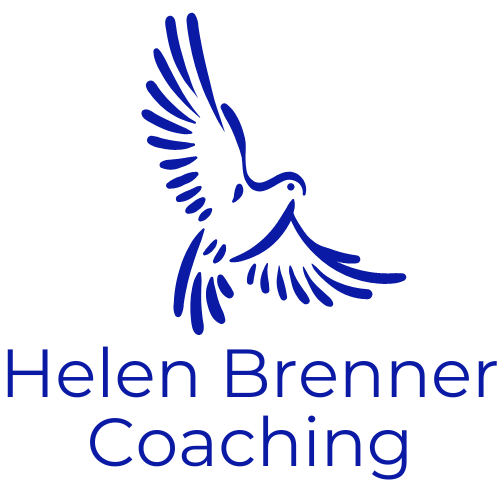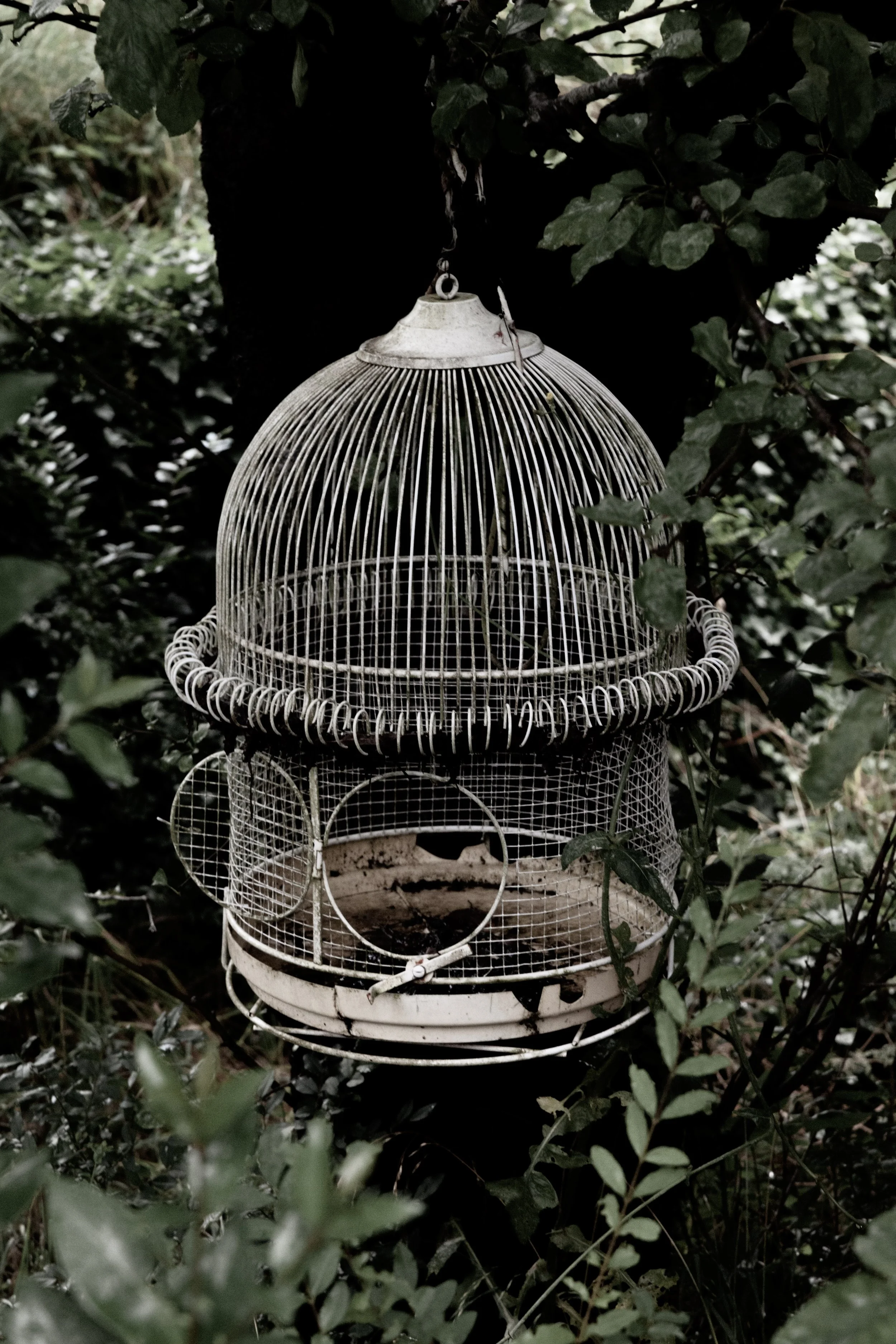Bird in a Gilded Cage
Imagine yourself as a bird in a cage, never having ventured out.
One day the cage door opens up. You stay back a bit, unsure of what’s happening.
After a while, you inch your way to the opening and stick your head out and look around.
The world is huge! The possibilities appear endless.
You take a few steps out on the cage door, proud of yourself for being so brave.
Then, with a feeling of glee, you flap your wings and take off! Flying, soaring above the trees you feel a great sense of freedom.
Suddenly, you look around and have absolutely no idea what you’re doing!
None.
Your mind races! Where will I sleep?
How will I eat? Who will I pal around with??
Suddenly, you realize how completely alone you are and feel very unprepared for the world outside of your cage.
The cage that kept you locked in actually was a comfort. There were no worries.
So, you decide to fly back to into it, grateful that someone will take care of you.
The metaphor of a bird in a gilded cage represents the feeling of being trapped in a familiar and comfortable, yet constraining situation.
The bird has what it needs, but longs for freedom.
When given the opportunity to leave the cage, the bird initially feels excited about the possibilities but quickly becomes overwhelmed with fear and uncertainty about how to survive in the outside world.
The bird ultimately decides to return to the safety of the cage, even though it means giving up freedom.
The Eagles wrote “so often times it happens that we live our lives in chains, and we never even know we have the key.”
Even when we’ve been told we have the key, we revert back like the bird going back to its luxurious prison.
Even when we have the ability to change our circumstances, we may be hesitant to do so because we are comfortable with what we know and fear the unknown, even if we fear what we currently have.
What if you were given the opportunity to completely design your life from beginning to end – never having experienced that proverbial cage?
How would it be different than it is today?
What do you think you’d need to know about yourself?
In order to design your ideal life, it’s important to have a clear understanding of yourself, including your values, goals, strengths, and weaknesses.
Values: Identifying your core values will help you make decisions and set priorities that align with what is most important to you. This can include things like family, career, health, and personal growth.
Goals: Setting specific and measurable goals will help you create a roadmap for your life and make it easier to take action towards achieving them. This can include both short-term and long-term goals, such as saving for a home, starting a business, or traveling the world.
Strengths: Recognizing your strengths and natural abilities can help you find opportunities and careers that align with your talents and interests. This can also help you identify areas where you may need to seek out additional support or training.
Weaknesses: Understanding your weaknesses can help you identify areas where you may need to improve or develop new skills. This can be done through self-reflection, feedback from others, or taking personality assessments.
Life Vision: Having a clear vision of your ideal life will help you make decisions and take action towards achieving it. This can include things like your ideal career, lifestyle, and relationships.
And it’s important to understand the external factors that will impact your life, such as societal expectations, opportunities, and challenges, will also be important in designing your ideal life.
What do you want to learn today about yourself so you can create your ideal life and leave your gilded cage behind?

